Discovering the myriad colours and layers of Debussy’s Cello Sonata was an eye-opening experience for the British cellist, pianist, vocalist and composer

Discover more Featured Stories like this in The Strad Playing Hub.
Read more premium content for subscribers here
I was around 20 years old when I came across Debussy’s Cello Sonata for the first time. I was studying cello, piano and composition at Trinity Laban and my tutor David Kenedy recommended it as a piece for me to study. It was so rich and gorgeous, such a landscape of colours and a journey through so many places, I remember wondering where it had been all my life! Of course I wanted to study it right away: Debussy is one of my favourite composers to play on the piano, but the cello part contains so much texture and lyricism that I felt there was much more depth than I had discovered before. It has all the elements I love in music: it has a rich harmonic palette, it takes me on a journey, it’s profoundly moving and it’s quirky.
For me, learning the cello part was an exploration in bowing, tone and colour. Because it has such an extraordinary palette of colours, I found it to be more of a personal exploration in terms of tone production and finding Debussy’s sound world. There are so many different types of articulation and ways to approach it, depending on what the music means to you – and it has to sound effortless and expressive, with all the different characters of the three movements; it’s mysterious and somehow feels improvised in places.
David Kenedy introduced me to a really lovely approach to interpretation: he got me to write lyrics to some of the phrases. For instance, for the opening phrase of the first movement, I remember writing the lyric: ‘Come into the light and let me see your face.’ And as I’m also a singer, I found it really helpful to bring in this sense of conversation into the piece. It definitely helps to be able to picture a scene and bring it to life as a character, which helps me to access my emotions and add energy into my playing. I’ve since used this technique when writing my own compositions.

As I’ve grown as a musician and a composer, I feel as though the piece has taken on more character and depth as I’ve had more experiences and felt more emotions. The beauty of growing with a piece is that the connection feels deeper and the colours become more vibrant. I understand it better technically too: it has a lot of different speeds, dynamics and fairly awkward leaps in places. The pizzicato feels easier under my fingers and I can navigate more easily.
I really like Jean-Guihen Queyras’s 2008 recording of the sonata. Some people’s interpretations can be over-indulgent but Jean-Guihen’s has a real lightness and transparency, and the cello sings beautifully. Everything is very precise but it’s so graceful and elegant, I feel that I can hear Debussy’s own voice coming through. I’ve tried to perform it that way since.
If I were advising a student practising the sonata for the first time, I’d tell them to spend time learning about the era in which it was written, during the First World War, and that Debussy was unwell at the time, which may have affected his writing. It’s best to build a wider context around the piece, as opposed to just studying the notes on the page. Also, make sure you understand the individual characters of the movements, which are almost like three separate pieces. They’re connected but they each have their own sound world, so don’t rush to understand them. They contain lightness, brightness and energy, especially the third movement with its dance-like quality. The sonata has all the ingredients that make my soul sing in music.
INTERVIEW BY CHRISTIAN LLOYD
Read: My tech set-up: cellist Ayanna Witter-Johnson
Read: ‘The cello is wild and can do all these different things’ - Ayanna Witter-Johnson
Discover more Featured Stories like this in The Strad Playing Hub.
The number one source for playing and teaching books, guides, CDs, calendars and back issues of the magazine.
In The Best of Technique you’ll discover the top playing tips of the world’s leading string players and teachers. It’s packed full of exercises for students, plus examples from the standard repertoire to show you how to integrate the technique into your playing.
In the second volume of The Strad’s Masterclass series, soloists including James Ehnes, Jennifer Koh, Philippe Graffin, Daniel Hope and Arabella Steinbacher give their thoughts on some of the greatest works in the string repertoire. Each has annotated the sheet music with their own bowings, fingerings and comments.
The Canada Council of the Arts’ Musical Instrument Bank is 40 years old in 2025. This year’s calendar celebrates some its treasures, including four instruments by Antonio Stradivari and priceless works by Montagnana, Gagliano, Pressenda and David Tecchler.

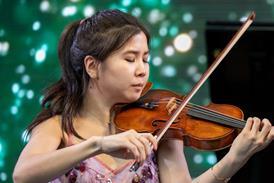
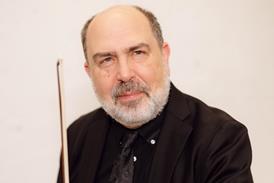
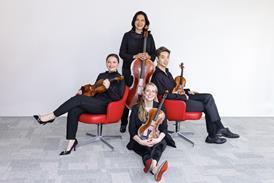








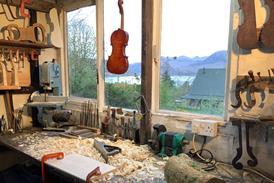
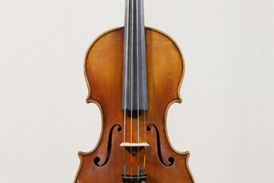
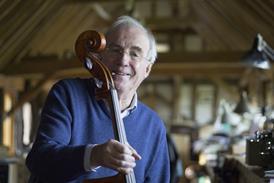
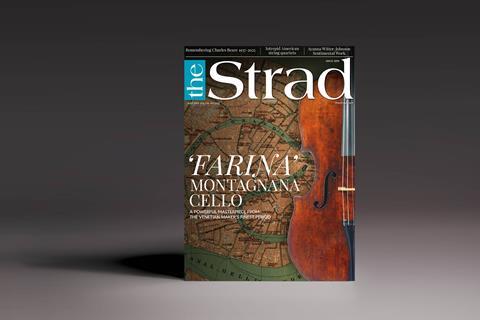


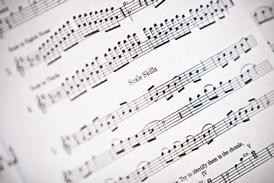
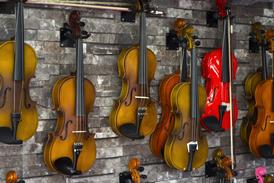
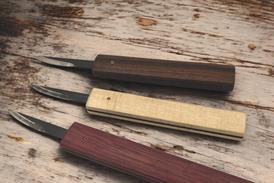


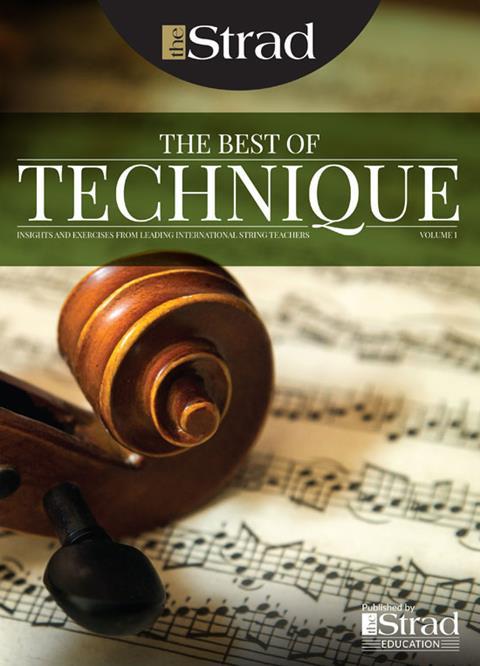
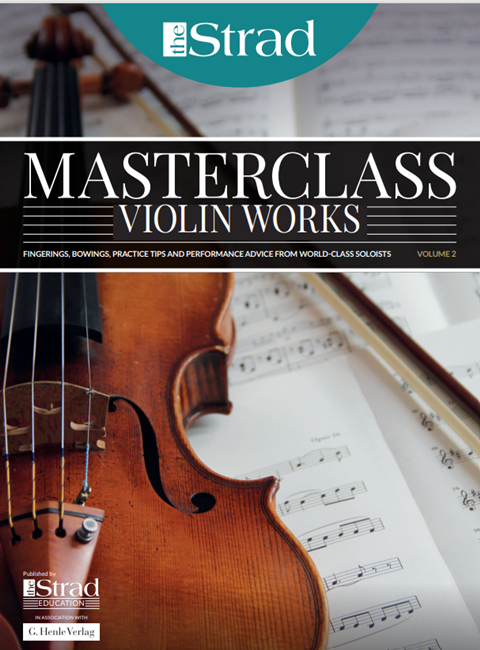
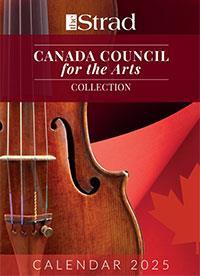












No comments yet